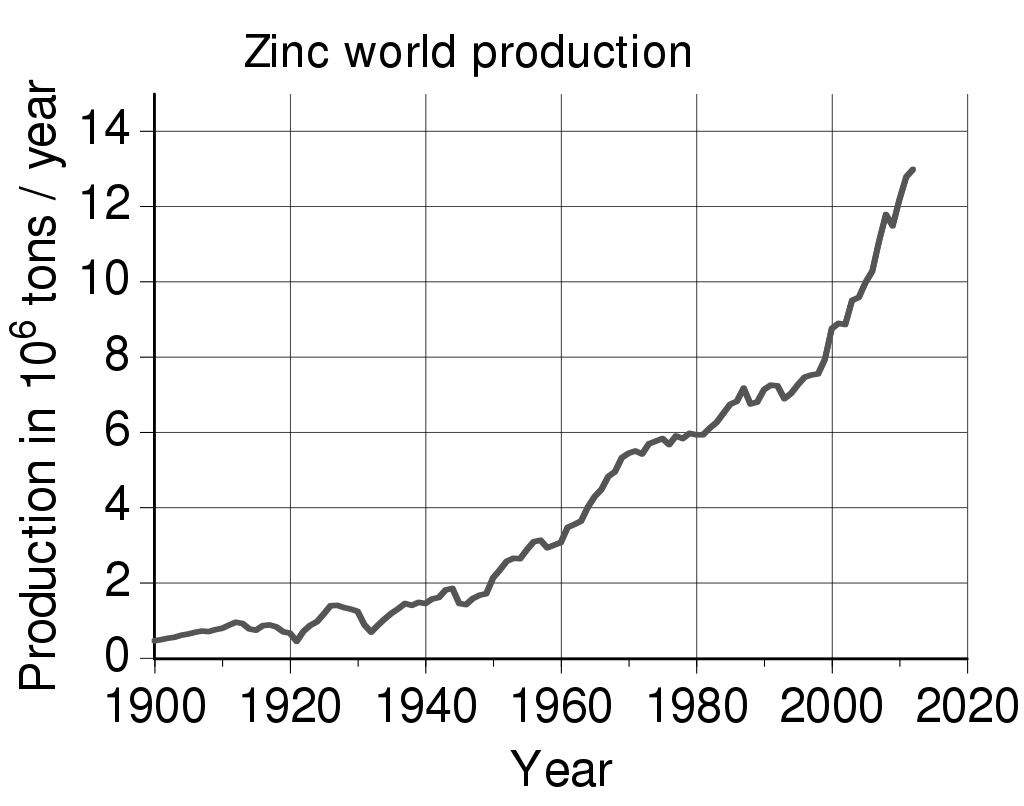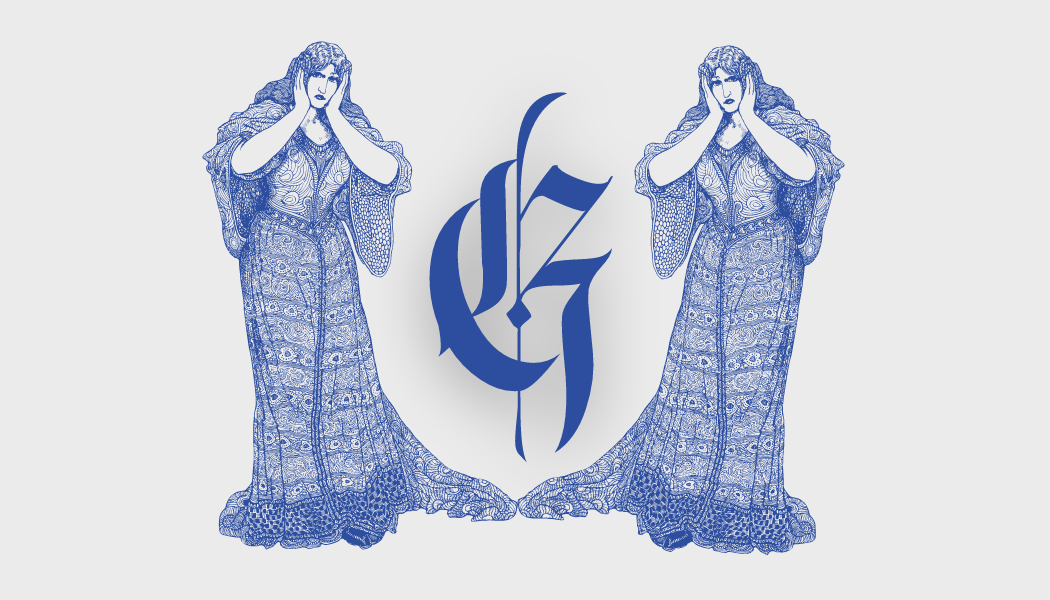Category: Sexology
-

Microsomal prostaglandin E synthase-1 (mPGES-1)
Microsomal prostaglandin E synthase-1 (mPGES-1) or Prostaglandin E synthase is an enzyme that in humans is encoded by the PTGES gene. The protein encoded by this gene is a glutathione-dependent prostaglandin E synthase. The expression of this gene has been shown to be induced by proinflammatory cytokine interleukin 1 beta (IL1B). Its expression can also be induced by tumor suppressor protein TP53, and may be involved in…
-
Microfold cells (or M cells)
Microfold cells (or M cells) are found in the gut-associated lymphoid tissue (GALT) of the Peyer’s patches in the small intestine, and in the mucosa-associated lymphoid tissue (MALT) of other parts of the gastrointestinal tract. These cells are known to initiate mucosal immunity responses on the apical membrane of the M cells and allow for transport of microbes and particles across the epithelial cell layer from the gut lumen to the lamina…
-
Effect of biotin deficiency on embryonic development in the domestic fowl (1944) with reference and cited by articles
The approximate biotin requirements of breeding hens have been established and the embryos examined for gross pathological symptoms and the approximate age at death are recorded. Cravens, W.W., W., & Sebesta, M.A. (1944). Effect of biotin deficiency on embryonic development in the domestic fowl. The Anatomical Record, 90. Reference articles Effect of Biotin on Reproduction in…
-
Thunderstones in European Folklore
In Scandinavia thunderstones were frequently worshiped as family gods who kept off spells and witchcraft. Beer was poured over them as an offering, and they were sometimes anointed with butter. In Switzerland the owner of a thunderstone whirls it, on the end of a thong, three times around his head, and throws it at the door of his dwelling at the approach of…
-
Albanians believed the supreme powers of thunderstones were formed during lightning strikes
Albanians believed in the supreme powers of thunderstones (kokrra e rrufesë or guri i rejës), which were believed to be formed during lightning strikes and to fall from the sky. Thunderstones were preserved in family life as important cult objects. It was believed that bringing them inside the house would bring good fortune, prosperity, and progress to people, especially in livestock and agriculture,…
-
Von Willebrand factor (VWF) is a large multimeric glycoprotein present in blood plasma and produced constitutively as ultra-large VWF in endothelium (in the Weibel–Palade bodies), megakaryocytes (α-granules of platelets), and subendothelial connective tissue
Von Willebrand factor (VWF) is a blood glycoprotein that promotes hemostasis, specifically, platelet adhesion. It is deficient and/or defective in von Willebrand disease and is involved in many other diseases, including thrombotic thrombocytopenic purpura, Heyde’s syndrome, and possibly hemolytic–uremic syndrome. Increased plasma levels in many cardiovascular, neoplastic, metabolic (e.g. diabetes), and connective tissue diseases are presumed to arise from adverse changes to the endothelium, and may predict an increased…
-
Prenatal exposure to paracetamol/acetaminophen and precursor aniline impairs masculinisation of male brain and behaviour
Paracetamol/acetaminophen (N-Acetyl-p-Aminophenol; APAP) is the preferred analgesic for pain relief and fever during pregnancy. It has therefore caused concern that several studies have reported that prenatal exposure to APAP results in developmental alterations in both the reproductive tract and the brain. Genitals and nervous system of male mammals are actively masculinised during foetal development and…
-
Intrauterine Exposure to Paracetamol and Aniline Impairs Female Reproductive Development by Reducing Follicle Reserves and Fertility
Studies report that fetal exposure to paracetamol/acetaminophen by maternal consumption can interfere with male reproductive development. Moreover, recent biomonitoring data report widespread presence of paracetamol in German and Danish populations, suggesting exposure via secondary (nonpharmaceutical) sources, such as metabolic conversion from the ubiquitous industrial compound aniline. In this study, we investigated the extent to which…
-
Aniline, through its conversion into antiandrogenic paracetamol (acetaminophen, tylenol), impairs male reproductive development
Industrial use of aniline is increasing worldwide with production estimated to surpass 5.6 million metric tons in 2016. Exposure to aniline occurs via air, diet, and water augmenting the risk of exposing a large number of individuals. Early observations suggest that aniline is metabolized to paracetamol/acetaminophen, likely explaining the omnipresence of low concentrations of paracetamol…
-
The Yolk’s On Us: Unraveling the Secrets of Vitellogenesis
Hold onto your ovaries, folks! We’re about to dive into the wild world of Vitellogenesis – the cellular rave where eggs get their groove on! Picture this: You’re a lonely liver cell, minding your own business, when suddenly – BAM! – you’re hit with a tsunami of estradiol. It’s like Mother Nature’s Red Bull, and…
-
Vitellogenin is a precursor of egg yolk that transports protein and some lipid from the liver through the blood to the growing oocytes where it becomes part of the yolk. Normally, it is only found in the blood or hemolymph of females…
Vitellogenin (VTG or less popularly known as VG) (from Latin vitellus, yolk, and genero, I produce) is a precursor of egg yolk that transports protein and some lipid from the liver through the blood to the growing oocytes where it becomes part of the yolk. Normally, it is only found in the blood or hemolymph of females, and can therefore be…
-
Vitellin is essential in the fertilization process, and embryonic development in egg-laying organisms
Vitellin is a protein found in the egg yolk. It is a phosphoprotein. Vitellin is a generic name for major of many yolk proteins. Vitellin has been known since the 1900s. The periodic acid-Schiff method and Sudan black B dye was used to help determine that Vitellin is a glycolipoprotein because it stained positive when tested. This protein was…
-

The trefoil knot fold is a protein fold in which the protein backbone is twisted into a trefoil knot shape
“Shallow” knots in which the tail of the polypeptide chain only passes through a loop by a few residues are uncommon, but “deep” knots in which many residues are passed through the loop are extremely rare. Deep trefoil knots have been found in the SPOUT superfamily. including methyltransferase proteins involved in posttranscriptional RNA modification in all three domains of life, including bacterium Thermus thermophilus and…
-
Transferrins
Transferrins are not limited to only binding to iron but also to different metal ions.
Recent Posts
- 🧬 Disease Table with Low Sodium Connection
- 🧂 Sodium Reduction and Sodium Replacement: A History of Reformulation and Exploding Diseases, Including Many Diseases Unheard of Before Deadly Sodium Policies
- 🧂 The DEADLY 1500 mg Sodium Recommendation predates the WHO’s formal global sodium reduction push by nearly a decade (and it’s even worse than that)
- 🧬 What Is Beta-Glucuronidase?
- When Sugar Was Salt: Crystalline Confusion and the Covenant of Sweetness
Tags
ADAM ASPARTAME Birds Blood Bones Brain Bugs Cancer Columba Cows crystallography Death Death cults Eggs Etymology Gastrin Gold Growth hormone History Hormones Insulin Liver Mere Perplexity Metal Monkey Business Mythology Paracetamol Plants Poison Pregnancy Protein Religion Reproduction Rocks Salt Slavery Snakes Sodium the birds and the bees Thiocyanate Tobacco Tylenol Underworld Venom zinc


